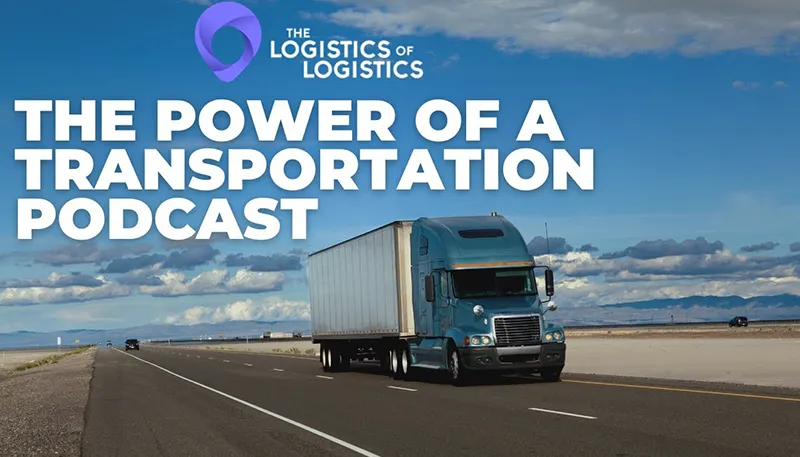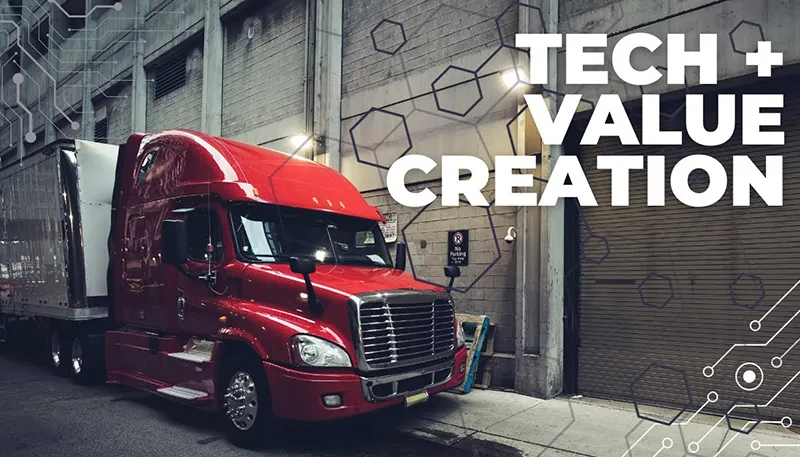Let’s say a seller has 2 offers on the table – Offer #1 $100M, Offer #2 $99M, all else being equal, a seller is going to choose the $100M offer every time. The reality is that all else is almost never “always equal.” The highest dollar offer may not capture a variety of factors, some or all of which may be the reason the buyer who put forth Offer #2 is the one signing the dotted line. Below are just a few of the components that hold weight when making an offer.
#1: Respect
For a family-owned company, the seller may have a considerable amount of emotion tied to the process of selling their business. There is no simpler way to augment an offer than by accompanying it with respect for the seller and his/her business. When buyers and sellers engage in a management call, typically the focus is on the buyer getting to know the seller and their business, but the seller is vetting the buyer just as carefully. The seller is vetting whether there will be an operational and cultural fit with the two businesses post-transaction. The buyer can differentiate themselves in a way that doesn’t immediately go to throwing more money in the pot. If a buyer can present well, deliver respect, and understand the seller’s non-economic exit goals, the buyer can be ahead of the competition before offers are even brought to the table.
#2: Acceptable Deal Structure
Before offers are brought to the table, a buyer needs to know what an acceptable deal structure for the seller is. Understanding the seller’s intentions post-transaction is key to crafting an acceptable deal structure. If the seller is energetic and wants to be a part of New Co. post transaction, then an offer with a higher percentage of an earnout or rollover equity would likely be an acceptable deal structure. On the other hand, a seller at retirement age and ready to ride into the sunset post-transaction, will likely not be as thrilled with an offer that brings forth substantial amounts of rollover equity. There are endless ways to put a deal together, but knowing on the front end what will be an acceptable structure can put the buyer above the rest when presenting and negotiating offers by cutting out steps, making the process more efficient, and helping sellers commit (mentally) to the buyer’s offer.
#3: Certainty of Close
Having a clear path to close and fund the transaction is key for sellers to understand. If a deal has an earnout component, or seller note, the seller is going to understand the buyer’s capability of paying the earnout or the note when the time comes. Closed Deals, Close deals. If a buyer has made acquisitions in the past, it will bring confidence to the seller knowing that they have paid and closed prior deals in the past. Additionally, buyers making available past acquired owners as references can provide supplemental confidence in not only their ability to close a deal, but also be a worthwhile partner in the future. Finally, a seller needs to trust that the buyer is committed to closing the deal. Knowing that a buyer is not just “kicking tires” but is here to close and help take their business to the next level, is key to being a seller’s #1 choice.
Toby Baker is an Analyst at Tenney Group, a merger and acquisition advisory firm that has been dedicated to the transportation and logistics industry since 1973.



